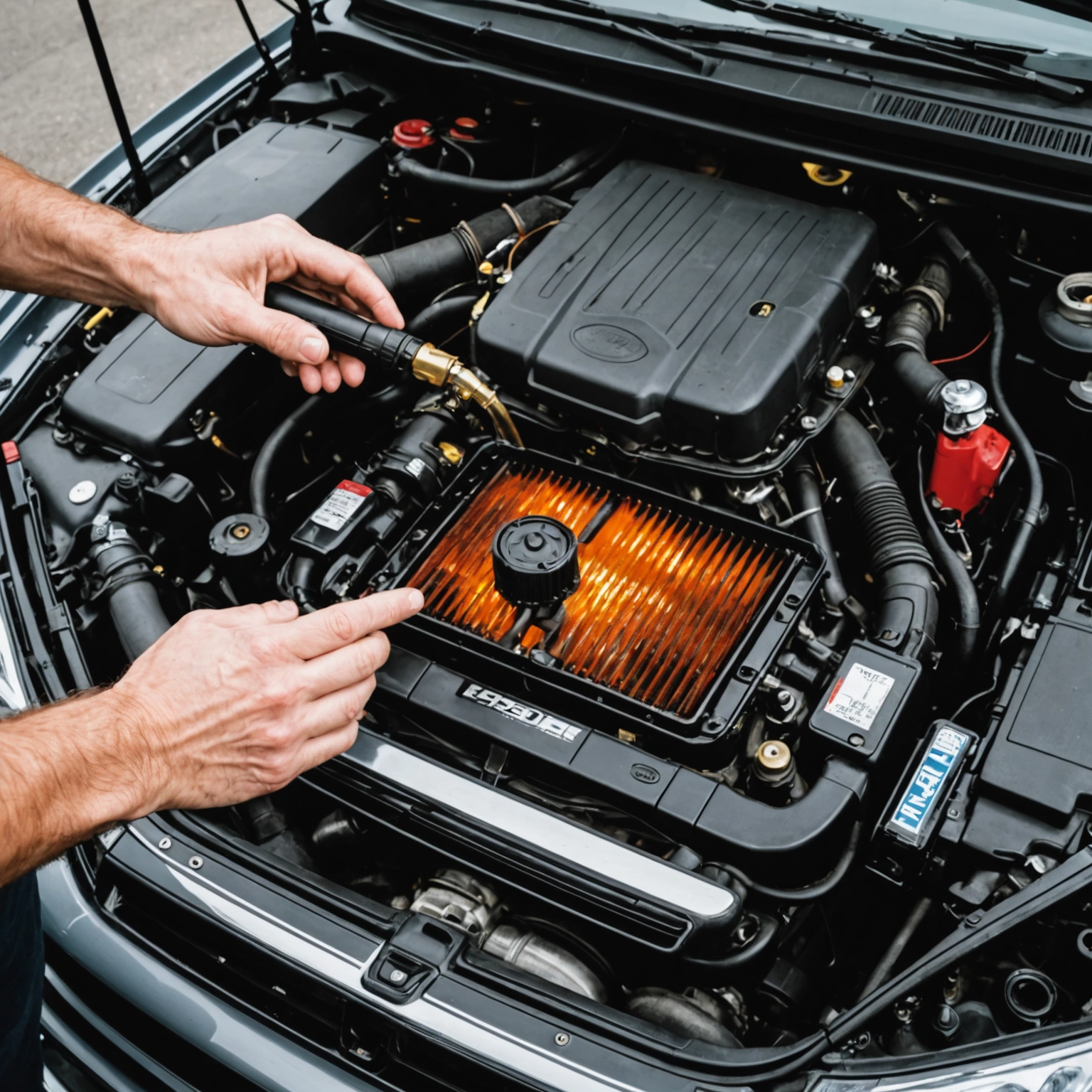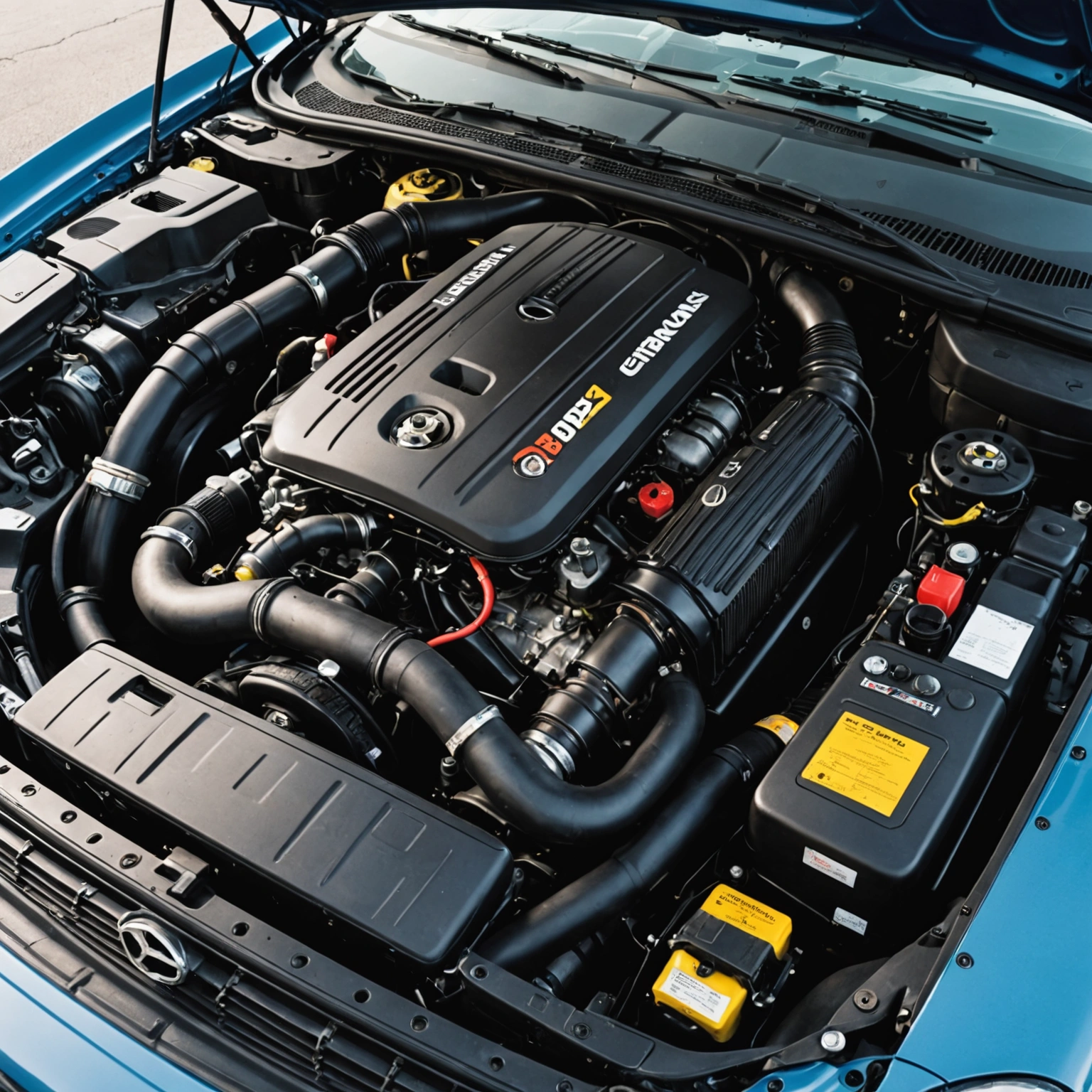**Why Does My Car Overheat? Understanding the Common Causes**
Experiencing your car overheating can be stressful and potentially damaging if not addressed promptly. Overheating occurs when the engine temperature exceeds its normal operating range, often indicated by the temperature gauge rising into the red zone or a warning light illuminating on your dashboard. To help you troubleshoot and prevent future overheating issues, here’s a comprehensive look at the most common causes.

### 1. Low or Leaking Coolant
**Coolant** (or antifreeze) plays a crucial role in regulating your engine’s temperature. If your coolant level is low due to leaks, evaporation, or improper maintenance, the engine can overheat because there’s not enough fluid to absorb and dissipate heat effectively.

*Signs:* Coolant puddles under the car, a sweet smell, or visible leaks from hoses or radiator.
### 2. Faulty Radiator or Cooling Fan

The **radiator** disperses heat from the coolant into the air, and **cooling fans** help draw air through the radiator when the vehicle isn’t moving fast enough for natural airflow.
*Problems:* A clogged or damaged radiator reduces heat transfer, while a malfunctioning cooling fan (due to electrical issues, a broken fan motor, or faulty relay) can prevent proper airflow, causing overheating especially at idle or slow speeds.

### 3. Broken Thermostat
The **thermostat** regulates coolant flow between the engine and radiator. If it sticks closed, coolant can’t circulate properly, trapping heat in the engine.
*Signs:* Sudden overheating without apparent leaks, or the engine running hotter than usual.
### 4. Water Pump Failure
The **water pump** circulates coolant through the engine and radiator. A failing pump (due to worn-out bearings, leaks, or broken impeller) impedes coolant flow, leading to overheating.
*Signs:* Coolant leaks, unusual noises from the pump area, or inconsistent engine temperature.
### 5. Blocked or Clogged Cooling System
Over time, debris, rust, or sludge can clog passages within the radiator, hoses, or engine block, reducing coolant flow and heat dissipation.
*Prevention:* Regular coolant flushes and inspections help keep the system clean.
### 6. Damaged or Worn Hoses
Cracked, collapsed, or disconnected hoses can restrict coolant flow, causing localized overheating.
*Inspection:* Look for bulges, cracks, or leaks in hoses during routine maintenance.
### 7. Head Gasket Failure
A blown **head gasket** can cause coolant leaks into the combustion chamber or oil, leading to overheating, white smoke from the exhaust, or milky oil.
*Note:* This is a serious issue requiring prompt repair.
### Preventative Tips to Avoid Overheating
– Regularly check coolant levels and top off as needed.
– Schedule routine cooling system flushes and inspections.
– Keep an eye on the temperature gauge while driving.
– Ensure the radiator and cooling fan are functioning properly.
– Address any leaks or broken components immediately.
### Final Thoughts
Overheating is often a symptom of underlying issues in your vehicle’s cooling system. Prompt diagnosis and repair can prevent engine damage, costly repairs, and breakdowns. If your car is overheating frequently or you notice persistent issues, it’s best to consult a professional mechanic for a thorough inspection.
**Stay cool and drive safely!**

